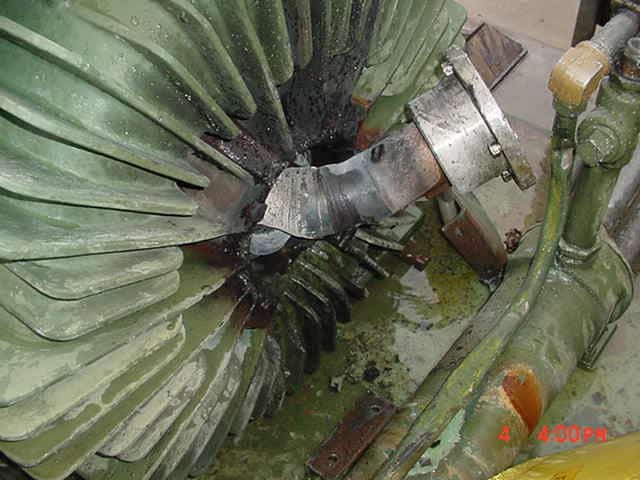Root Cause Tip: Causal Factor Development

Human Error?
Hi, everyone.
I thought I’d do a quick discussion on some ideas to help you when developing Causal Factors on your SnapCharT®.
Let me start out by stressing the importance of using the definition of a Causal Factor (CF) when you are looking at your SnapCharT®. Remember, a Causal Factor is a mistake, error, or failure that, if corrected would have prevented the incident, or mitigated it’s consequences. The most important part of the definition are the first few words: mistake, error, or (equipment) failure. As you are looking for CFs, you should be looking for human error or mistakes that led directly to the incident. Remember, we aren’t blaming anyone. However, it is important to realize that almost all incidents are “caused” by someone not doing what they were supposed to do, or doing something they shouldn’t. This isn’t blame; this is just a recognition that humans make mistakes, and our root cause analysis must identify these mistakes in order to find the root causes of those mistakes.
With this definition in mind, let’s talk about what is NOT a CF. Here are some examples:
- “The operator did not follow the procedure.” While this may seem like a CF, this did not lead directly to the incident. We should ask ourselves, “What mistake was made because someone did not follow the procedure?” Maybe, the operator did not open the correct valve. Ah, that sounds like a mistake that, if it had not occurred, I probably would not have had the incident. Therefore, “Operator did not open valve VO-1” is probably the CF. Not following the procedure is just a problem that will go under this CF and describe the actual error.
- “Pre-job brief did not cover pinch points.” Again, we should ask ourselves, “What mistake was made because we did not cover pinch points in our pre-job brief?” Maybe the answer is, “The iron worker put his hand on the end of the moving I-beam.” Again, this is the mistake that led directly to the incident. The pre-job brief will be a piece of information that describes why the iron worker put his hand in the pinch point.
- “It was snowing outside.” I see this type of problem mis-identified as a CF quite often. Remember, a CF is a mistake, error, or equipment failure. “Snowing” is not a mistake; it is just a fact. The mistake that was made because it was snowing (“The employee slipped on the sidewalk”) might be the CF in this case, again with the snowy conditions listed under that CF as a relevant piece of data.
Hopefully, this makes it a little easier to identify what is and is not a CF. Ask yourself, “Is my Causal Factor a mistake, and did that mistake lead directly to the incident?” If not, you can then identify what actually lead to the incident. This is your CF.
Want to learn more? Attend our 2-day Advanced Causal Factor Development course February 26 and 27, 2018 in Knoxville, Tennessee and plan to stay for the 2018 Global TapRooT® Summit, February 28 to March 2, 2018.



